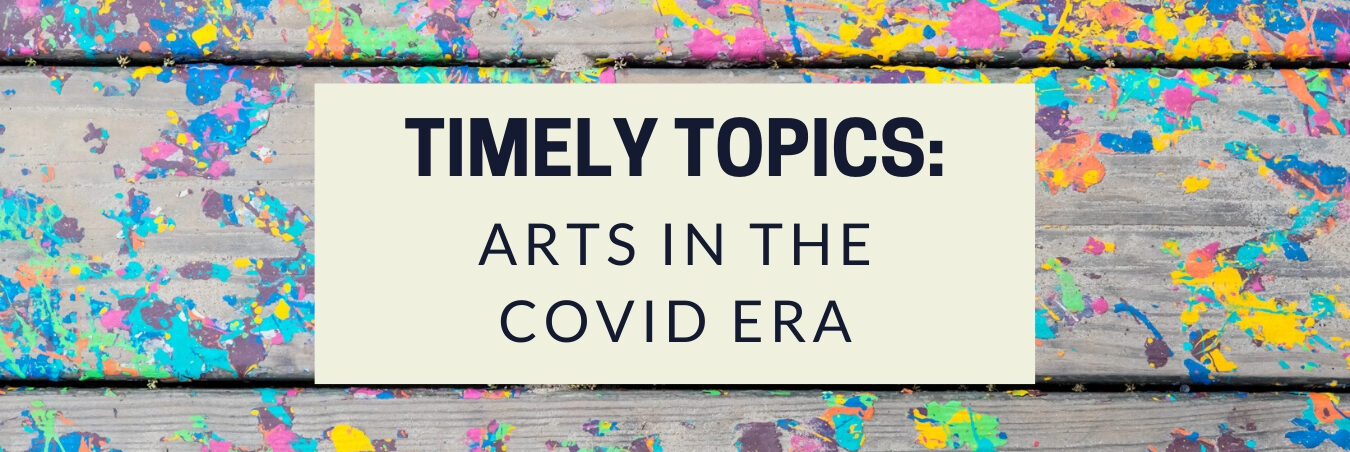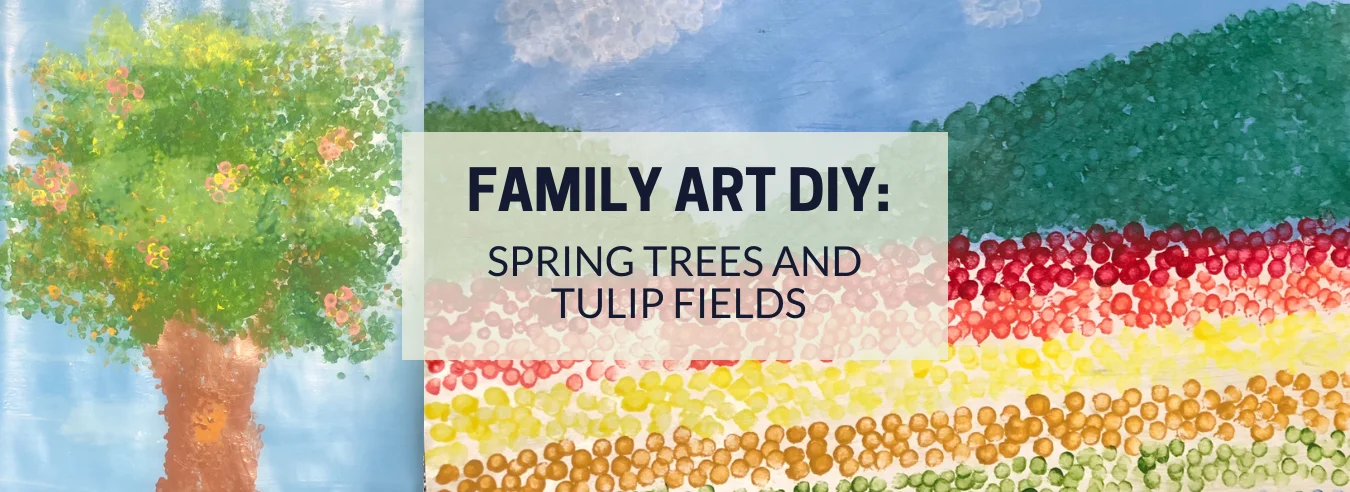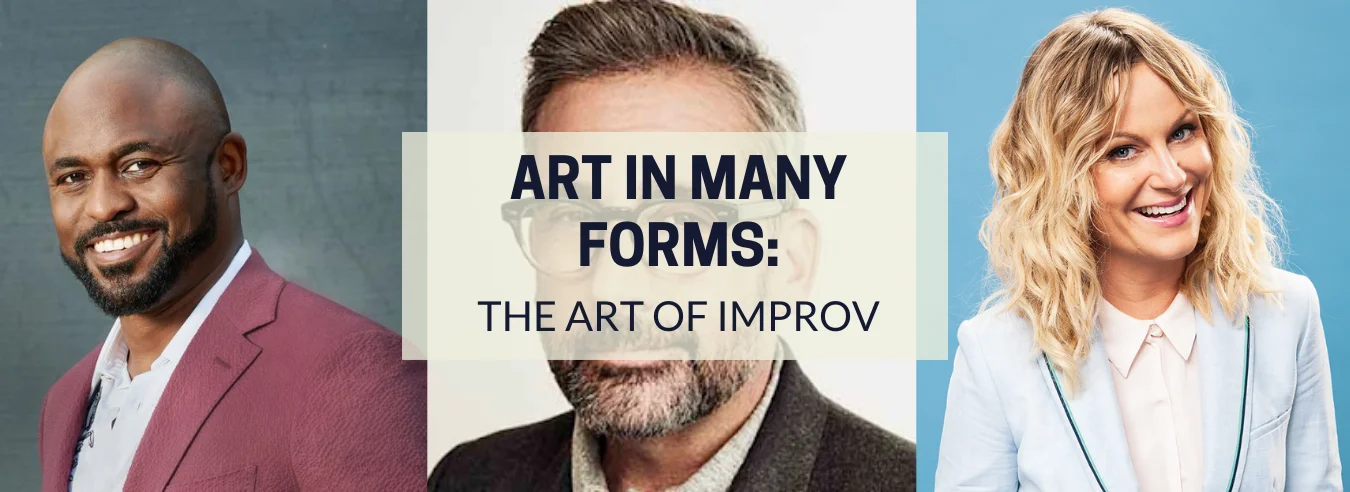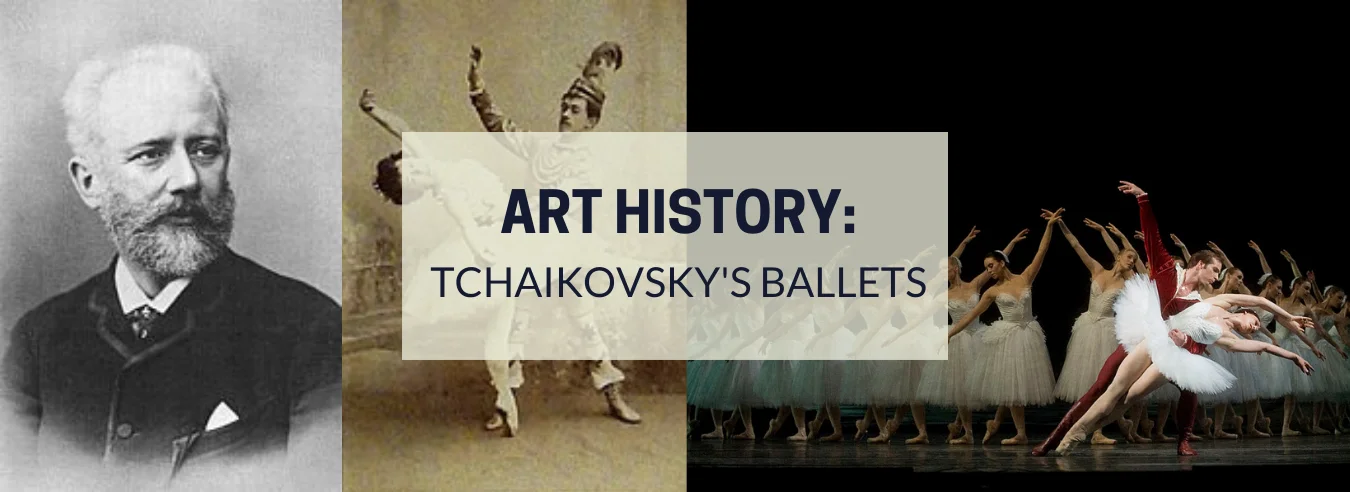With spring in the air, one usually thinks of the flowers and trees in bloom…
Arts in the COVID Era

It has been over two months since the majority of the U.S. established safer-at-home restrictions due to COVID-19. Schools across the nation had to immediately implement plans to switch to online-only education. Some schools had a relatively smooth transition, thanks in part to certain subjects having a better synergy with technology. In language arts, for example, students could easily complete reading assignments on their own and turn in essays or reports digitally. For math and science courses, many teachers and professors used programs such as Google Classroom or Canvas to allow students to take quizzes and exams online. However, art, music, and theater classes have had to adapt in a different way. The arts aim to bring people together to collaborate and share, which is made more difficult when students cannot be in the same room. Despite this additional hurdle, many are finding ways to keep the arts thriving in the safety of our homes.
Connecting to the Arts One Video At a Time
One major way that teachers and parents have managed to incorporate art into the lives of students is through video. To supplement lessons and lectures, many YouTube channels, for example, are making instructional videos available so that students can follow along and create their own art as they watch. The Art of Education University (AOEU) and Picasso Project are just two channels that are releasing video content to promote the arts. The Art of Education University channel focuses on step-by-step art tutorials for students and instructional and informative webinars for teachers.
The Picasso Project, on the other hand, launched their Read To Me series, where they read a classic children’s book aloud every week. Both of these organizations have also compiled useful lists of art activities outside of Youtube that serve as a great resource for teachers. For those looking for art activities, AOEU offers innovative ways to paint with supplies found at home and how to repurpose items to create 3D art masterpieces. The department of Cultural Affairs in Los Angeles has also launched a COVID-19 resource page that compiles various activities for students and teachers. The resource page includes everything from printable worksheets for elementary-aged students, to coloring books, to online music lessons available for free.
Organizations Making Art Accessible During COVID-19
Art creators and curators are finding more ways to bring art to people’s homes thanks to technology. Many museums all across the world are offering virtual museum tours for free, including the Guggenheim in New York, the Musée d’Orsay in Paris, and the Pergamon Museum in Berlin. With the click of a button, you can navigate a camera through the halls of the museums and zoom into sculptures and art at your leisure.
Theaters are also doing their part to allow people to enjoy performance arts from home. The National Theater is streaming full-length stage productions on their YouTube channel. Viewers can watch the talents of James Corden in One Man, Two Guvnors, Benedict Cumberbatch in Frankenstein, and Gillian Anderson in A Streetcar Named Desire completely free. The English National Ballet is following suit by sharing rehearsals, performances, and free dance courses online.
Keeping Art Alive in Every Neighborhood
Every year across the world, arts festivals bring people together to celebrate and share in their local art. For people from low-income and underfunded communities, these festivals are a lifeline to music, art, and culture that is often not accessible to them. Since the COVID-19 pandemic has forced organizers to cancel these community events, it has unfortunately pushed the arts further out of reach for these festival goers.
The Skid Row Arts Organization is a collective of various projects that aim to bring the arts to the Skid Row community and its neighbors in Los Angeles. They recently launched an online “TV Guide” where people can track and participate in upcoming art events. From this weekly schedule they can access links to YouTube channels and Zoom calls for programs like a virtual sing-along with Urban Voices Project, art projects with Make2Gather, and open rehearsals for future performances from the Los Angeles Poverty Department.
Despite the reliance on the internet and on technology bringing up issues of accessibility for many, these organizations are doing their best with the tools we have available. Fortunately, innovation and thinking outside of the box are cornerstones of the arts, so we look forward to seeing what new and innovative ideas emerge as a result of these trying times.



